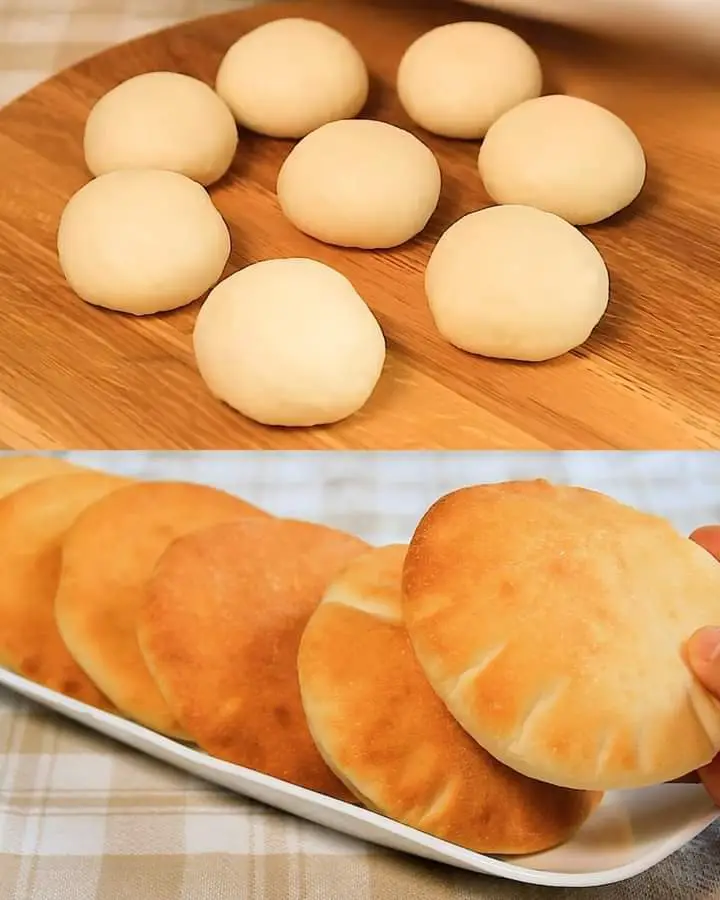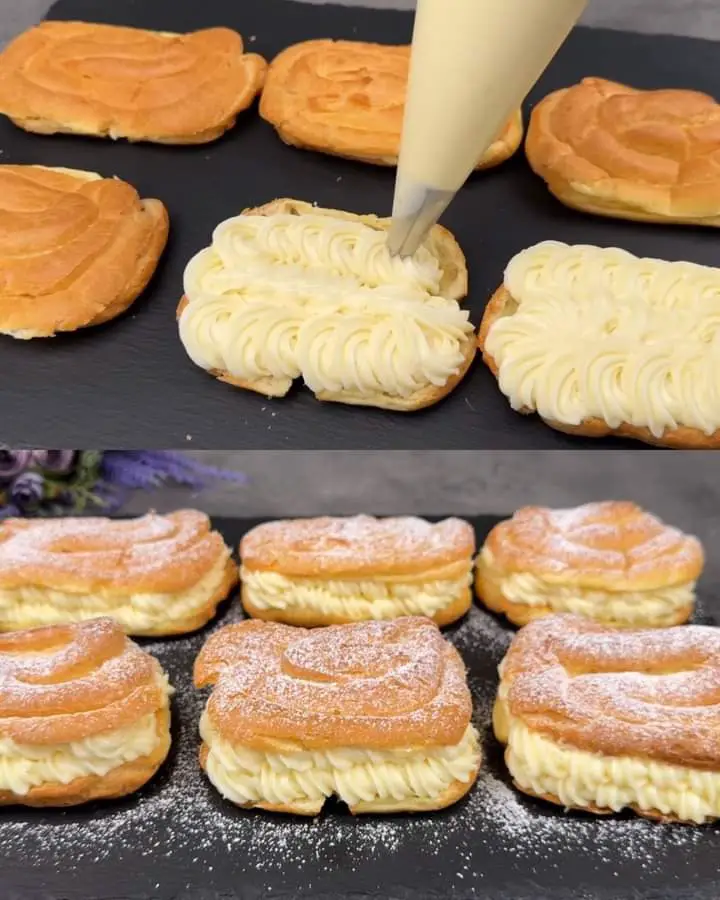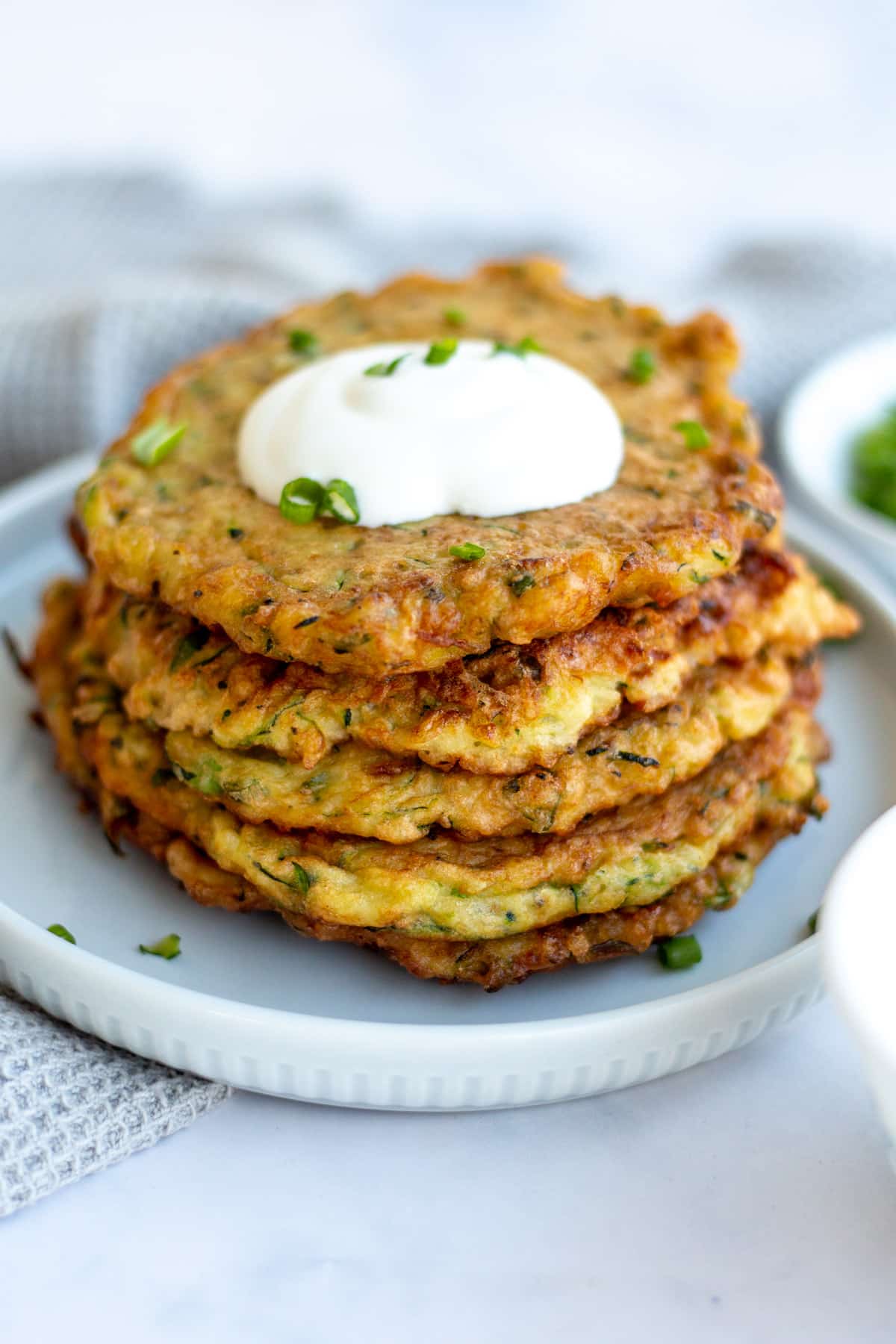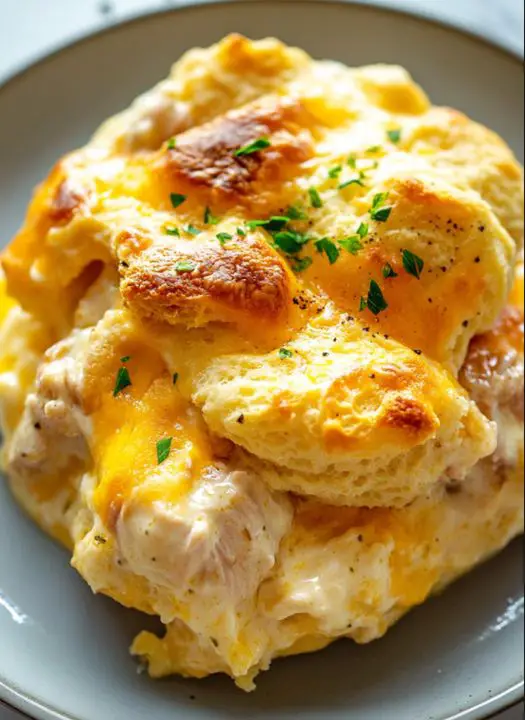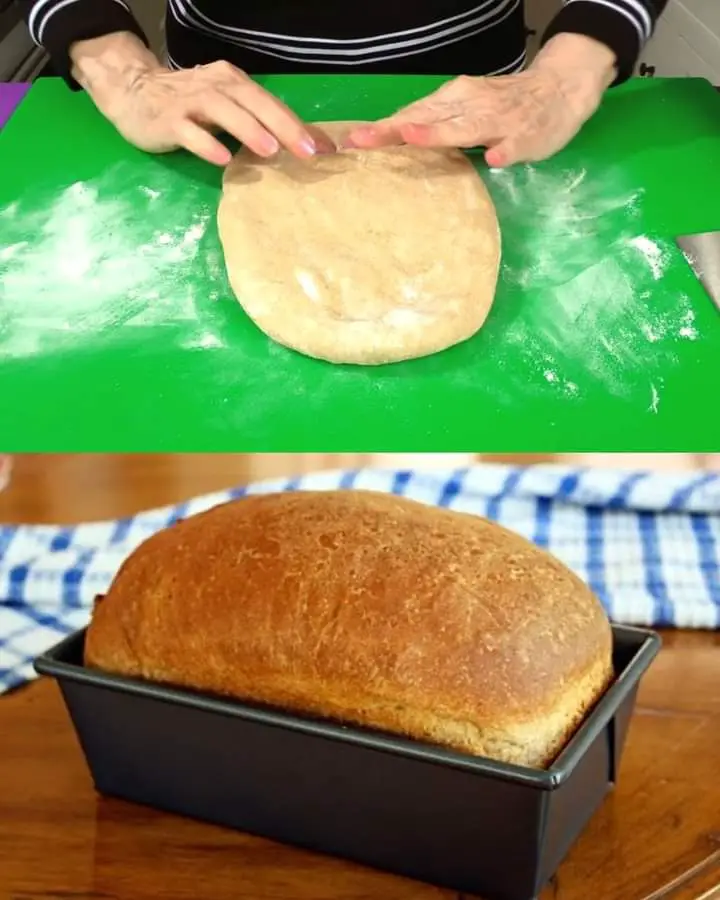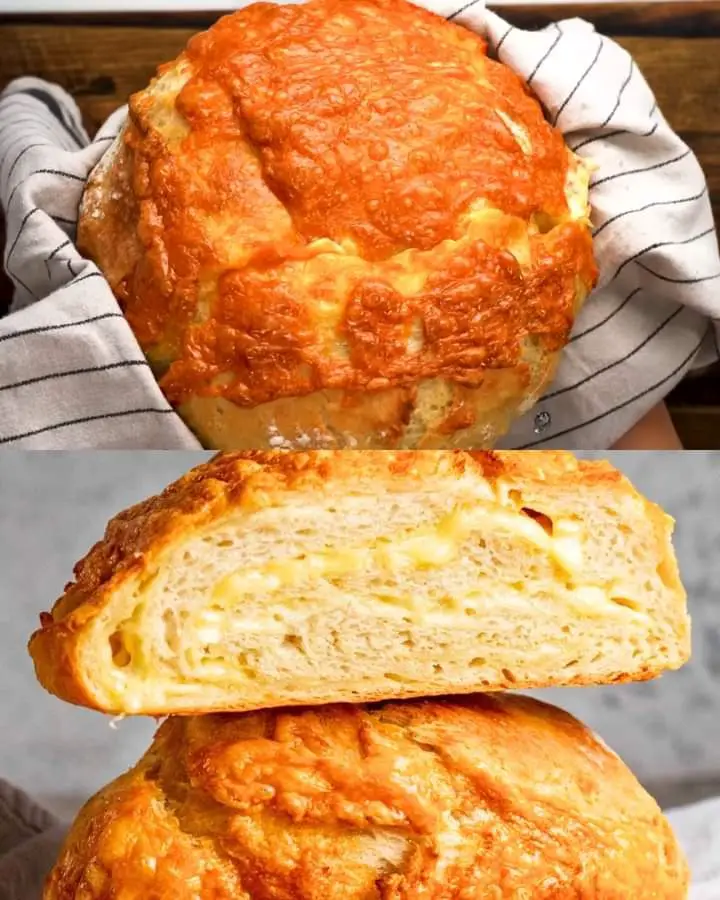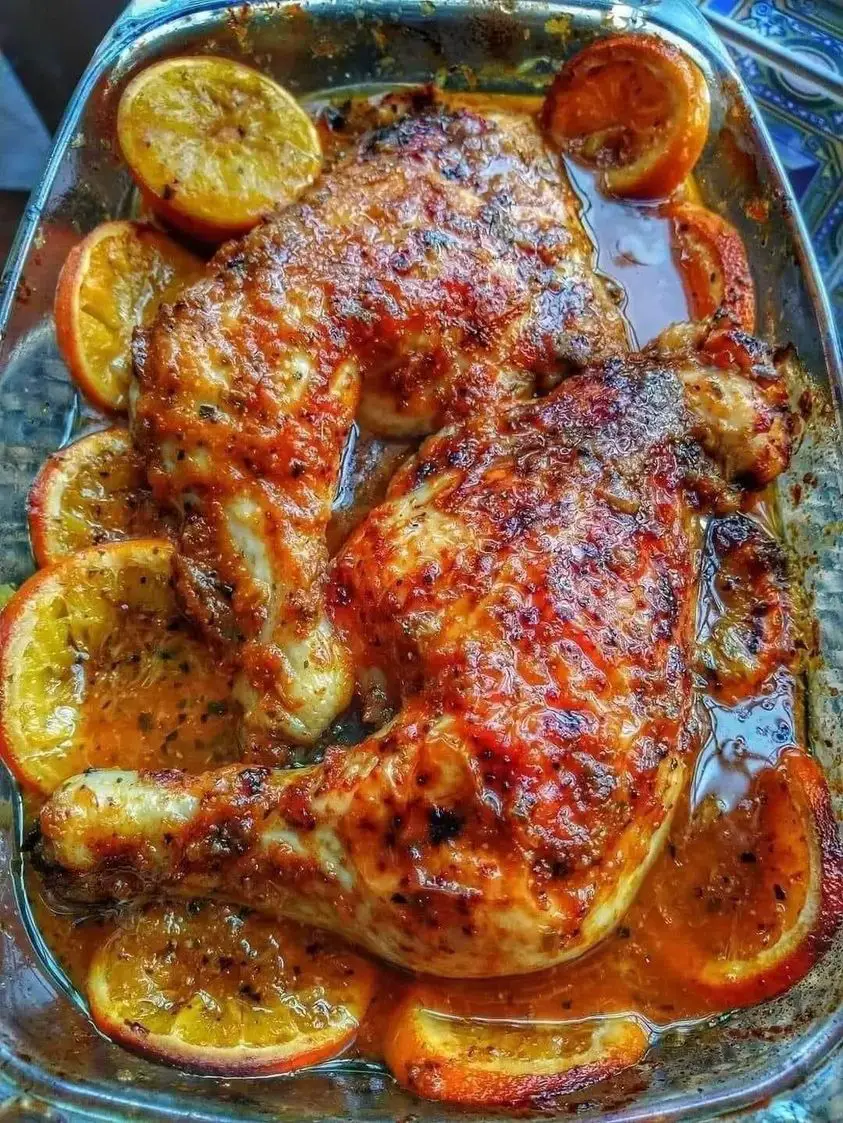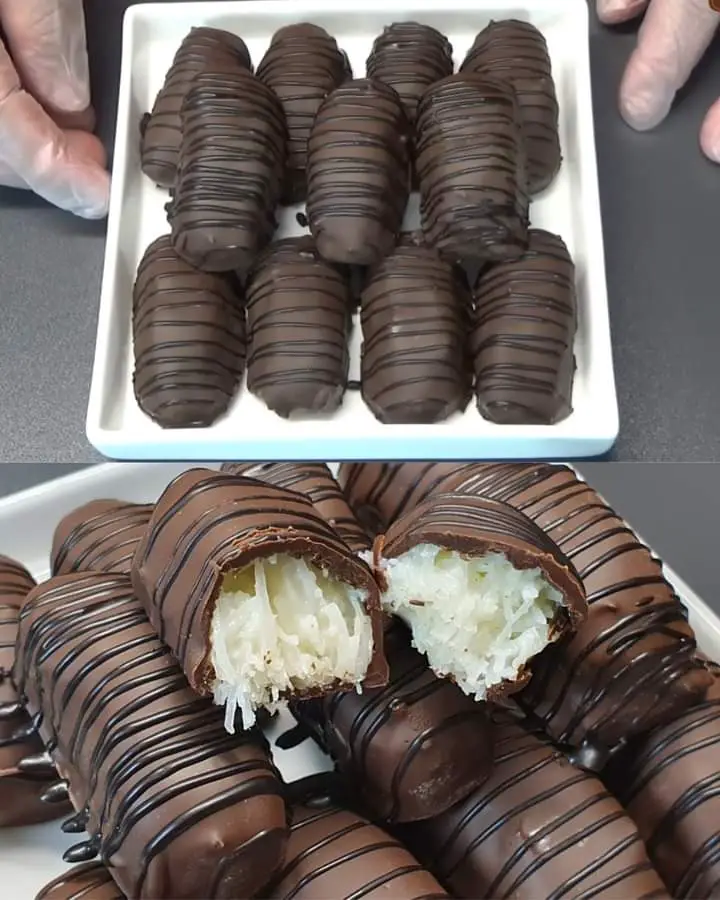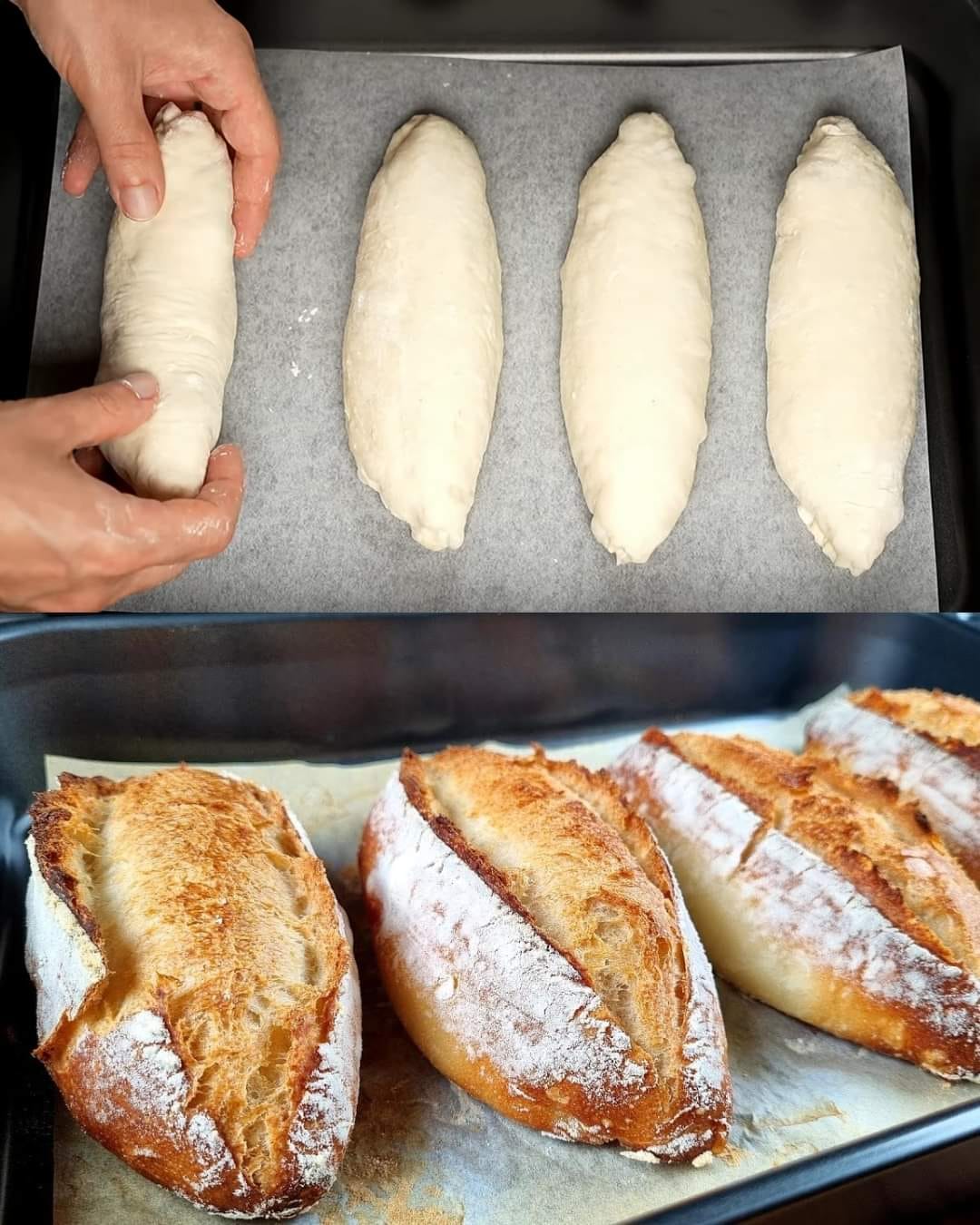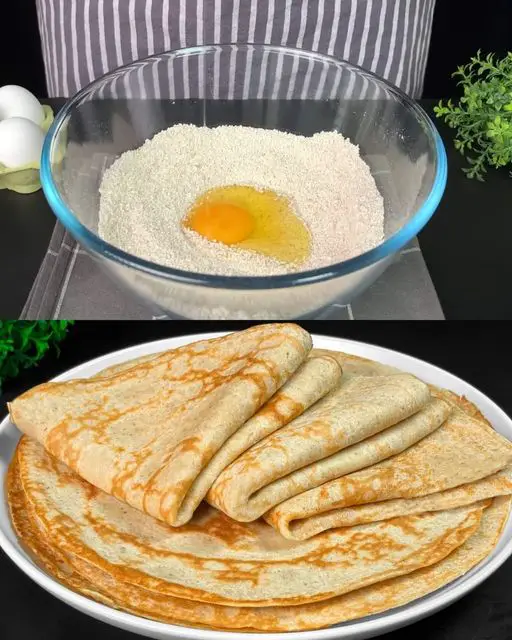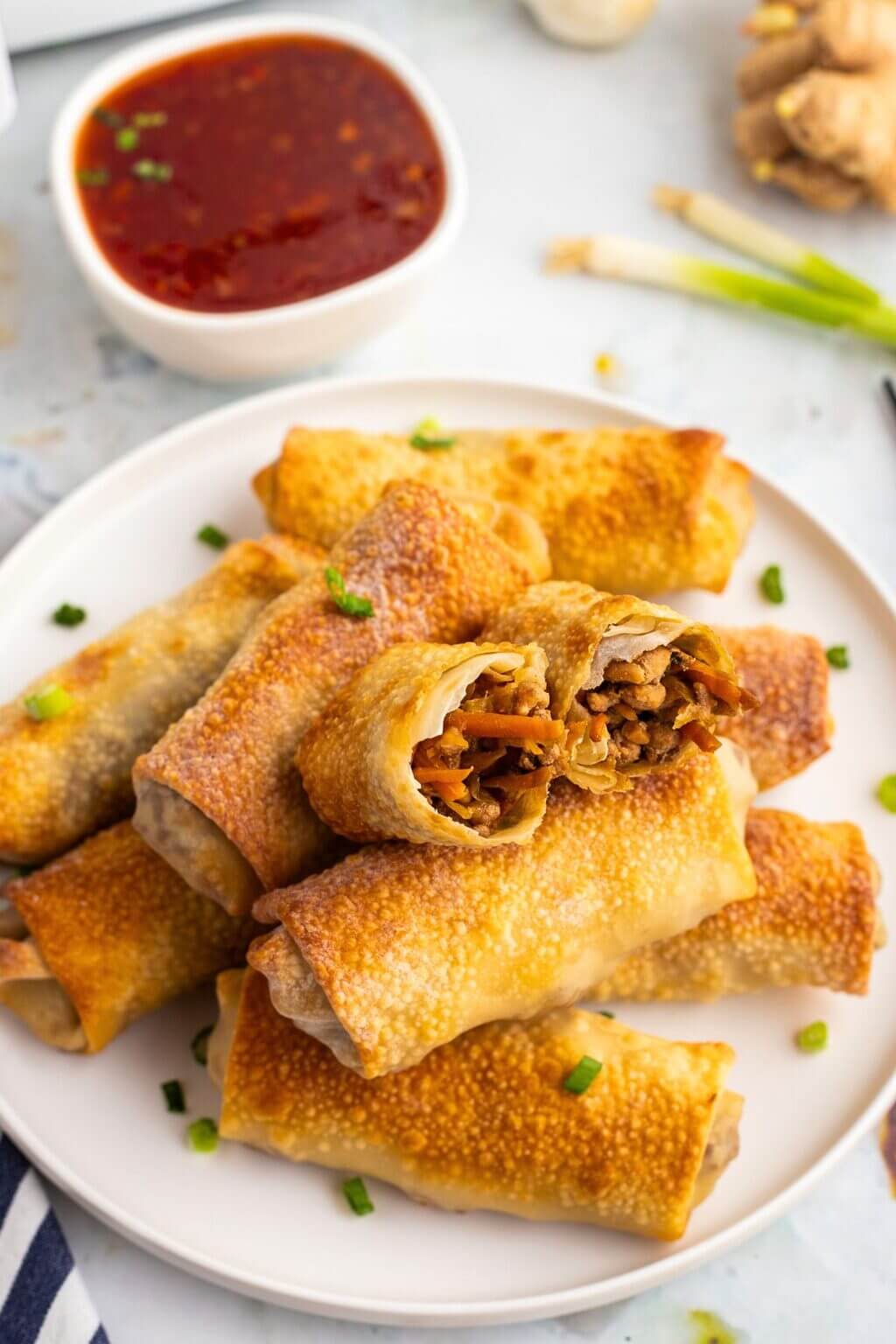Quick Homemade Bread (Baked or Fried)
Quick Homemade Bread (Baked or Fried) Table of Contents Ingredients: 80 ml milk 15 ml yogurt (optional) 5g white sugar (divided into 1 tsp and a pinch) 1.5g (about ½ tsp) instant yeast 7.5 ml (½ tbsp) olive oil, plus a little more for greasing 150g (about 1 cup) all-purpose flour A pinch of salt … Read more

